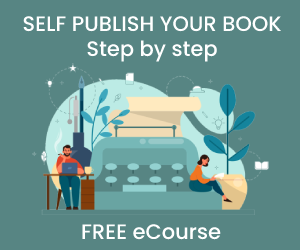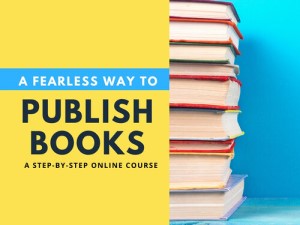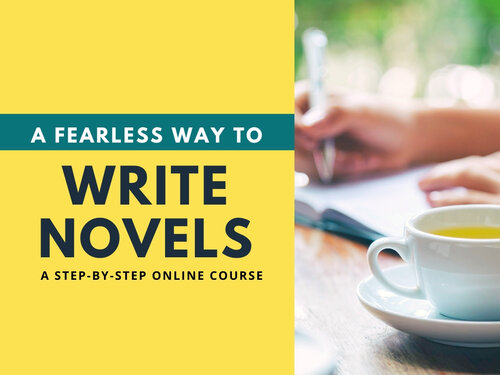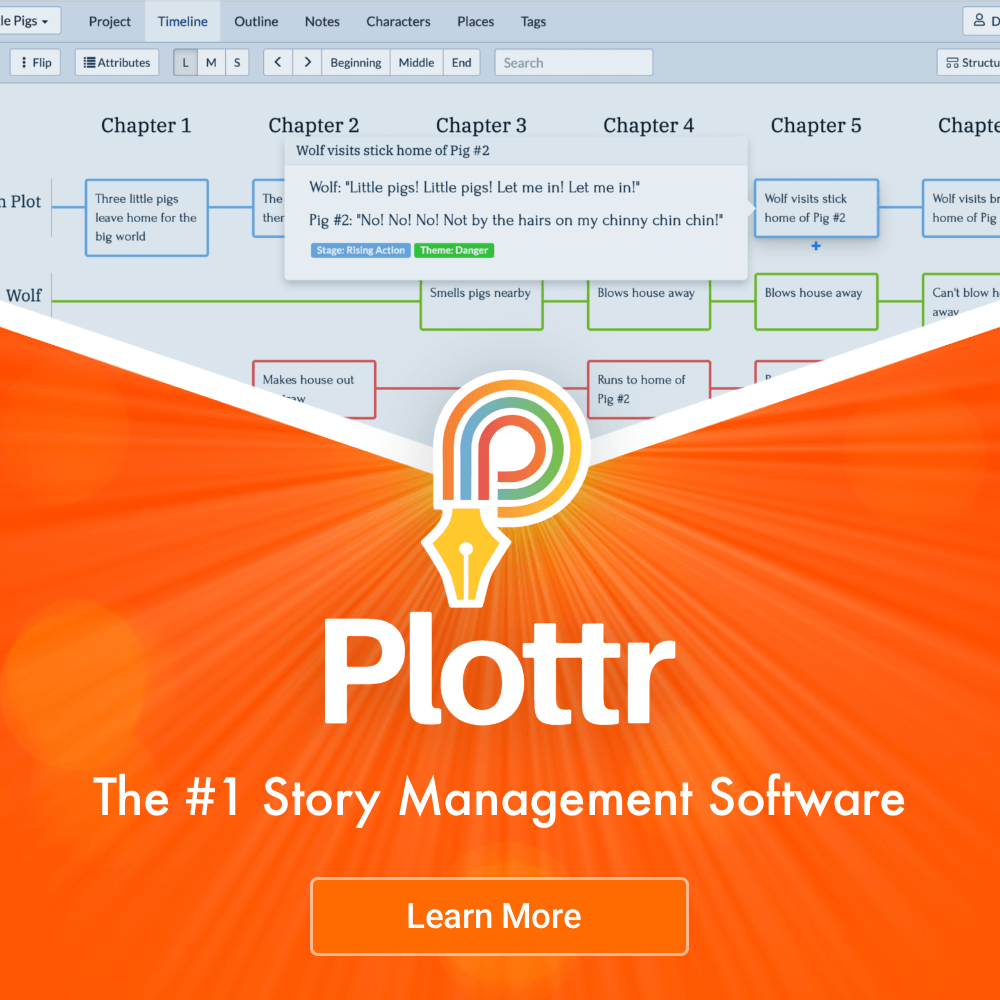Writing a non-fiction book may seem like a daunting task, and it absolutely can be at times. It is often misconceived that non-fiction is easier to write, compared to fiction, however, that’s not necessarily true. From autobiographies, history, and fine arts, to religion, philosophy, and academic texts. No matter the topic you choose for your non-fiction book, staying accurate and true to the topic is vital. There are several steps you can take to help you prepare your first non-fiction book, we have included some below to get you started.
1. Target Your Motivation
Why do you want to write this book? What is your reasoning? Do you have a passion for this topic and feel this is important information that people should know? Determining your source of motivation is crucial to completing a non-fiction novel. Writing about a topic that you’re not passionate about will not only be agonizing and feel like a chore, but it will also come through in the quality of your writing. Take the time to target your motivation and refer to it throughout your writing process. This will keep you on track, with your eyes steadily on the prize.
2. Identify Your Audience
Although you’ve chosen your non-fiction topic based on your own personal passions and interests in life, you’re writing a book for others to buy, read, and enjoy. Now that you know what you want to write about and why you need to determine who else would enjoy the topic. What type of person is most likely to enjoy your non-fiction book? What style of writing and language would most appeal to them? Refer to social media and online forums to determine how readers respond to other non-fiction titles in the genre you’re aiming to compete with. Take notes and apply this newfound information about your target audience to your writing process.
3. Research Thoroughly
Aside from researching and identifying your target audience, you should also delve deeper into your topic. Non-fiction content needs to be accurate and should be supported by sound research. Even if you’re an expert on your book’s subject matter, referring to a reliable 3rd party can always help your credibility. Often writers will perform their research at different points in their writing process. Many seasoned writers find that researching before or during the writing process can be distracting and will produce a rough draft of their content first. It can be less disruptive to a writer’s flow to support rough content with research once the bulk of work is complete.
4. Develop an Outline
Breaking down your topic into an outline, or drafting a table of contents, can assist you with the research and planning process. Tackling the book piece by piece will allow you to focus on each chapter. Sectioning your topic into parts will not only make it easier for you to plan and map your content, but it will eventually help your reader. An outline can help you determine the proper flow of information, ensuring that your target audience interprets and understands the point behind your narrative. Readability will be a huge factor in engaging your audience, and often that can be right at the beginning with a structured table of contents.
5. Set SMART Goals
Don’t be intimidated. Your outline will help you breakdown your content but take the time to plan your schedule as well. SMART goals will help you achieve your overall goal of completing your first non-fiction book. Specific, measurable, attainable, relevant, time-based goals will guide you through your process while embracing realistic expectations. Perhaps a SMART goal is to complete your draft outline and first chapter by the end of next week. Your next goal is to complete five chapters of your draft in two more weeks. This will keep you accountable during your writing process, encouraging a reliable, consistent workflow
6. Apply a Style Guide
Ensuring consistency throughout your non-fiction piece is important when keeping your audience engaged. Whether you prefer to write from the first person or third person viewpoint, or aren’t sure when to hyphenate, a style guide can help direct you. Just as we reference dictionaries or thesauruses, a style sheet, manual, or guide, is a set of principles that writers reference to maintain consistency. They can also help with decisions on inclusive language, accessibility, and how to cite certain resources, depending on the complexity of your book’s topic. You can create your own style sheet, though many editors and publishers use a specific guide to stay consistent.
7. It’s Okay To Ask For Help
Writing can be a very personal process for authors, but there are many tasks outside of writing when it comes to publishing a book. Although there are a vast number of editing tools available on the market, they don’t catch everything. Computers struggle to notice when a word is spelt correctly but is out of context, or when word flow is affecting the readability of your content. A professional editor will not only find what your editing software doesn’t, but they also can help enforce your style guide, strengthen your language, and polish your content overall. In addition to an editor, a publisher, book cover designer, and a social media manager can all help your book get noticed on the shelf.
Now Get Writing!
There are many steps to writing a non-fiction book, however, these seven tips are sure to start you on a successful path. Target the motivation that initiated your desire to create a book and harness that energy. Fuel your goals, plans, and research with the passion for your chosen topic, and create a piece that will resonate with your desired audience. Reach out to professionals that can help you refine your content, and introduce it to the market with a refined, confident, and structured presentation. With a clear path set out, all you have left to do is write.






